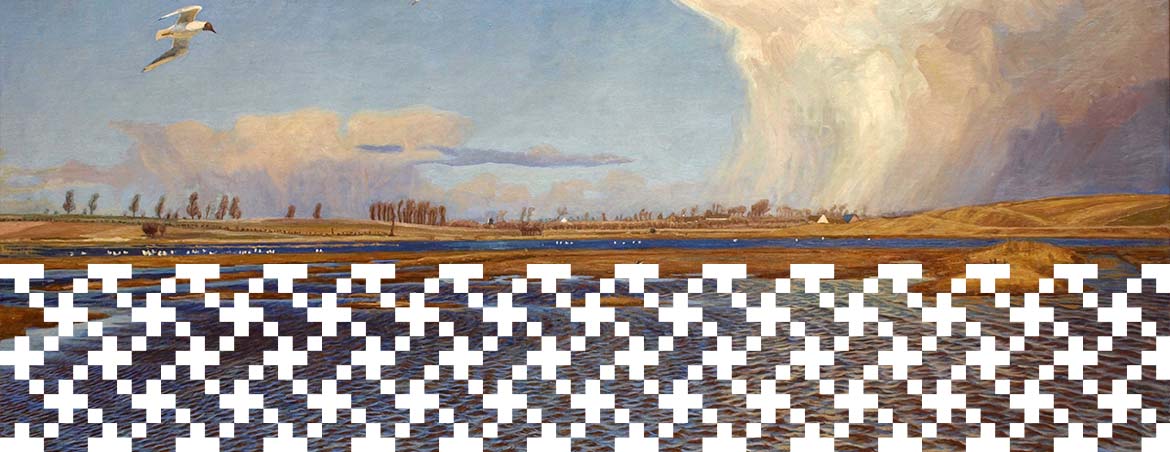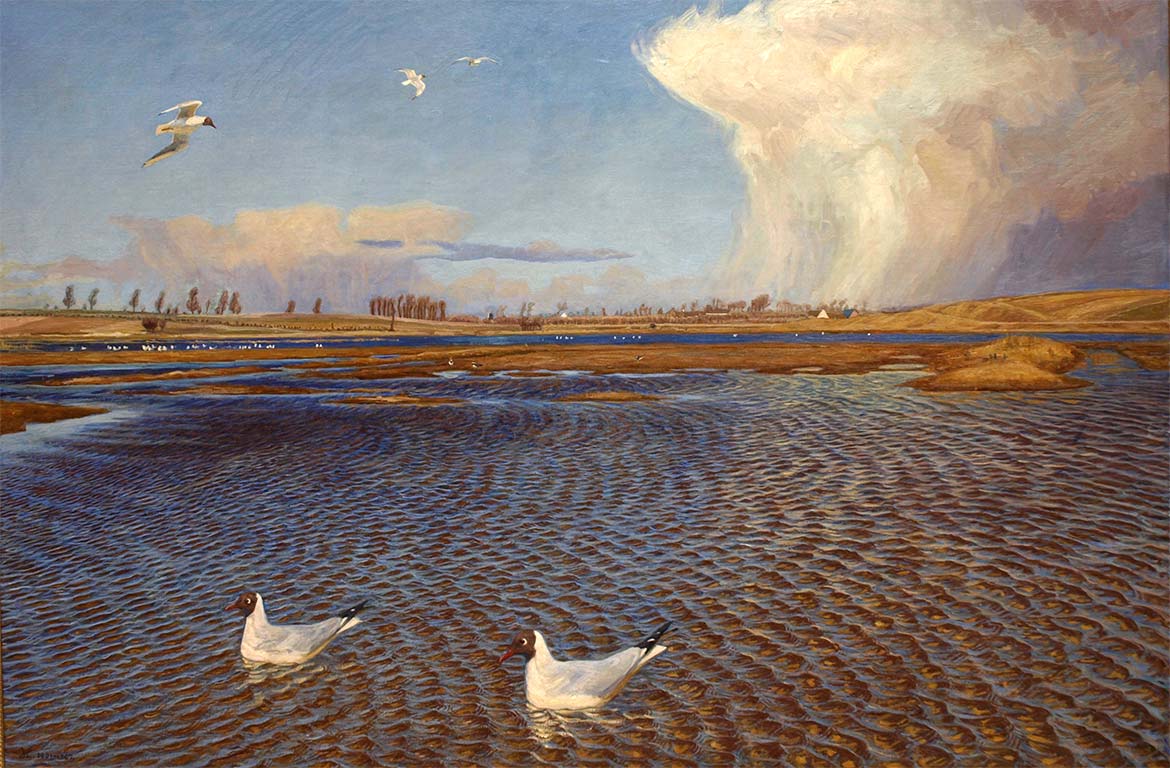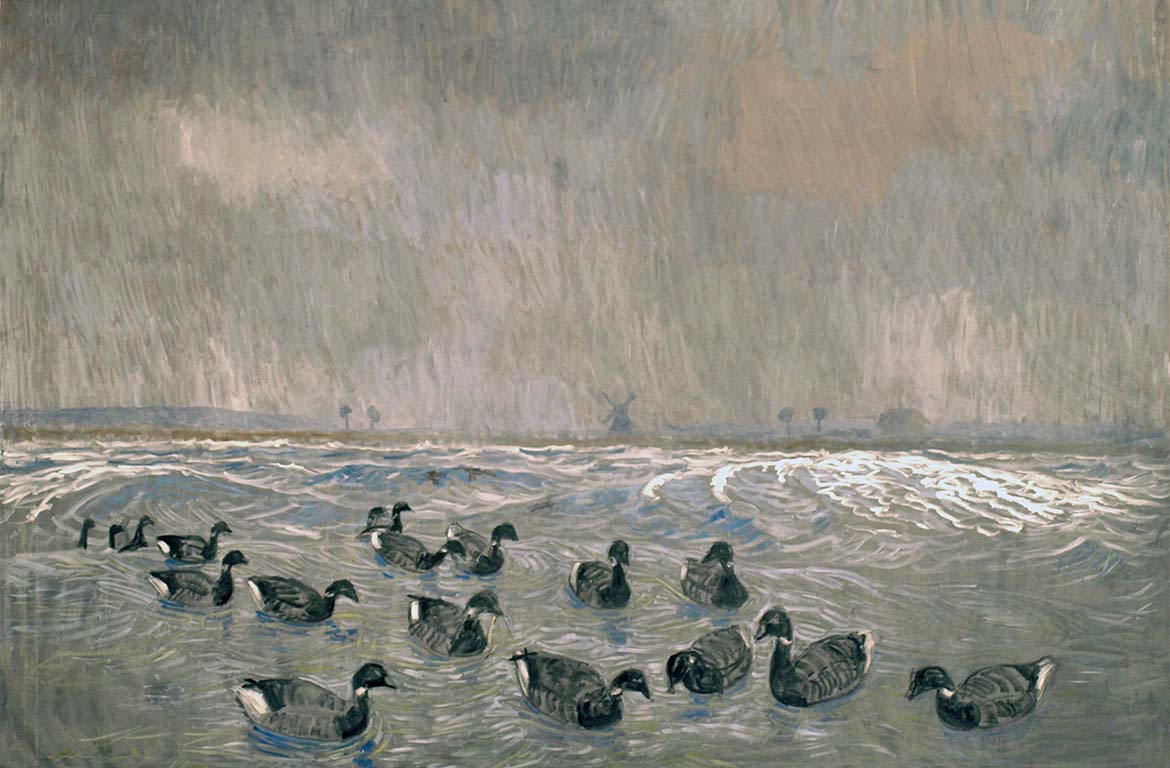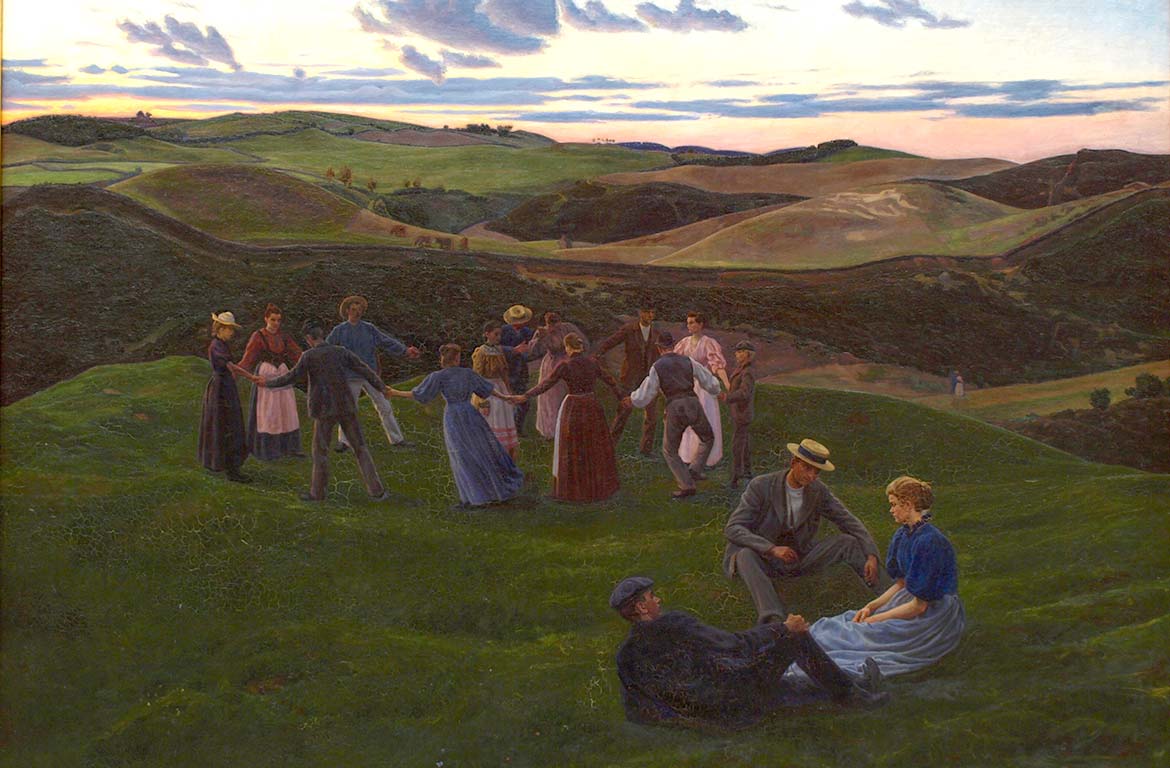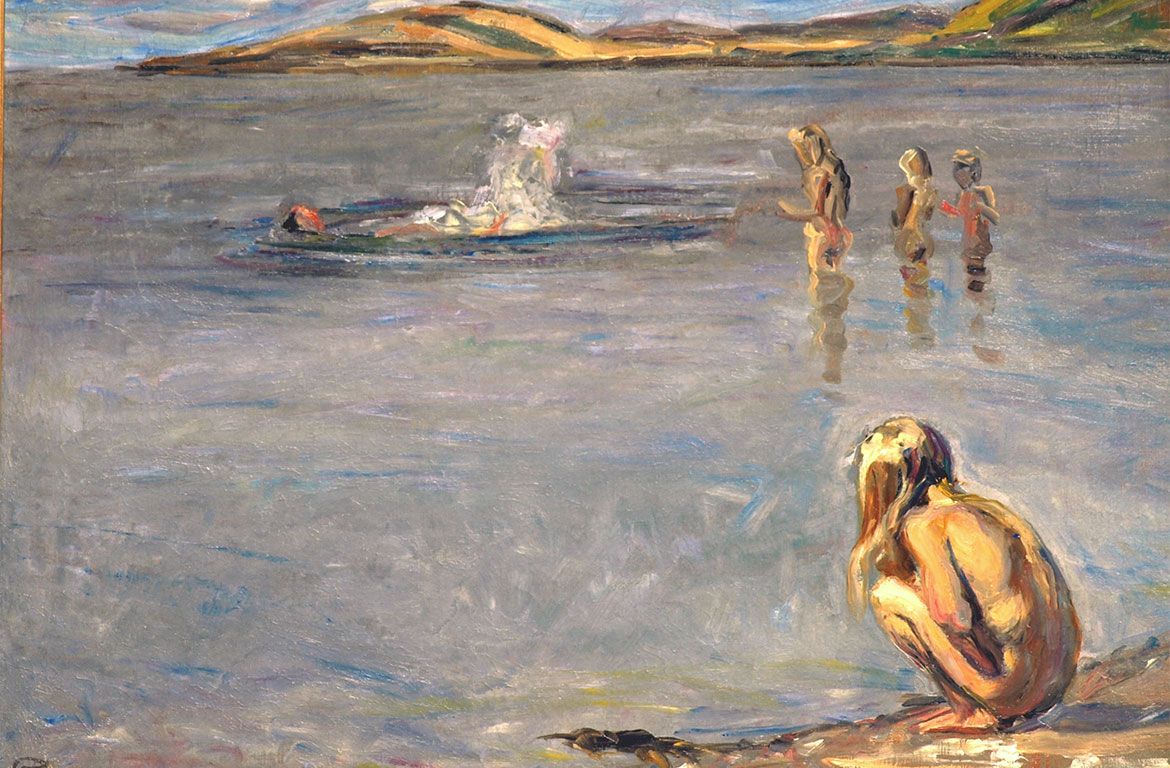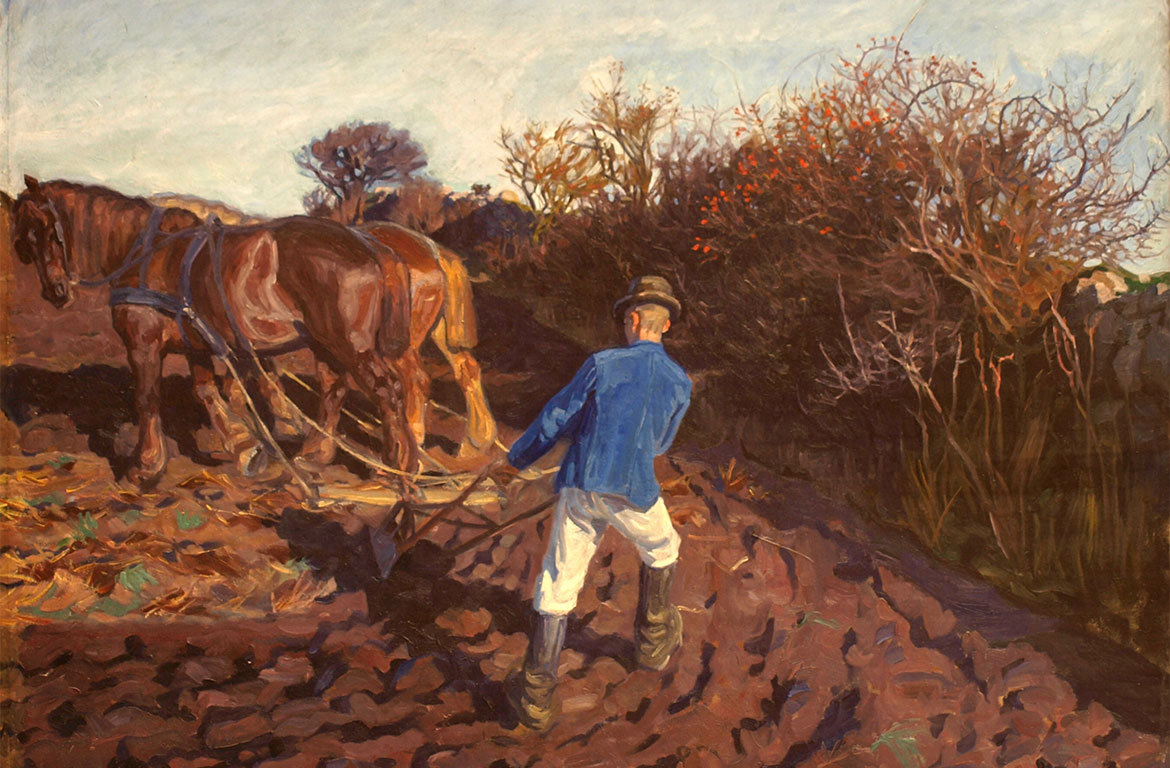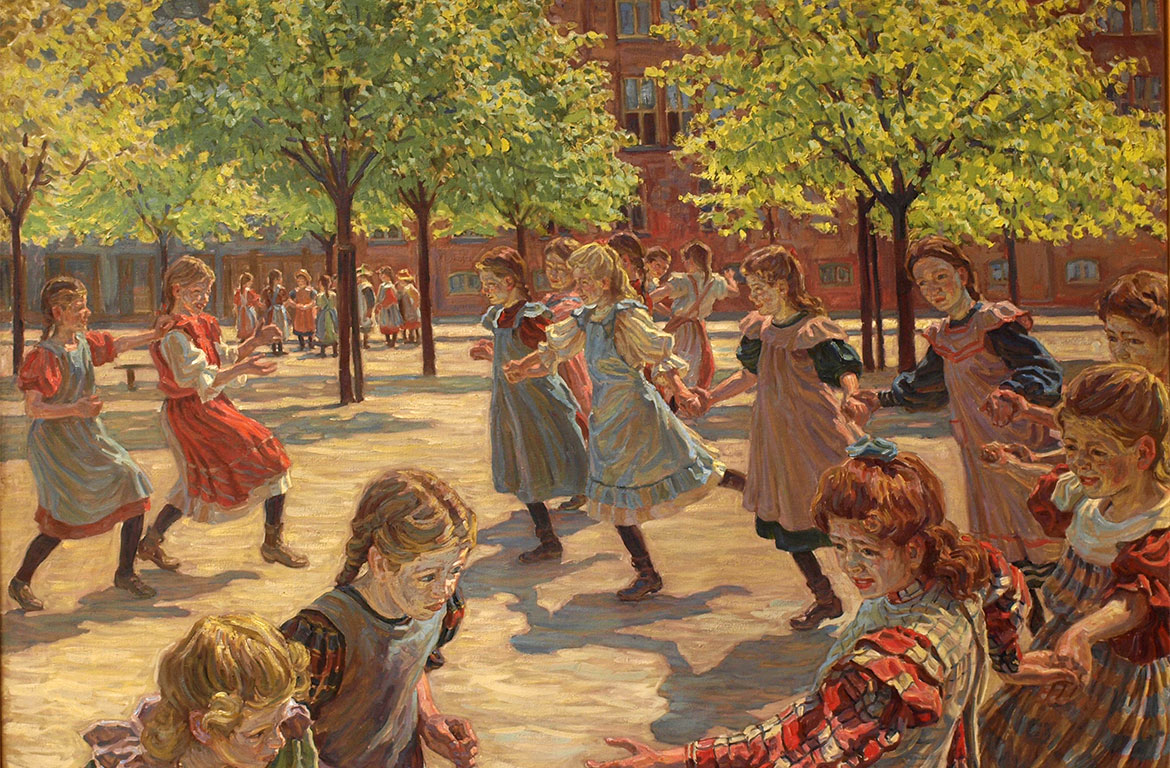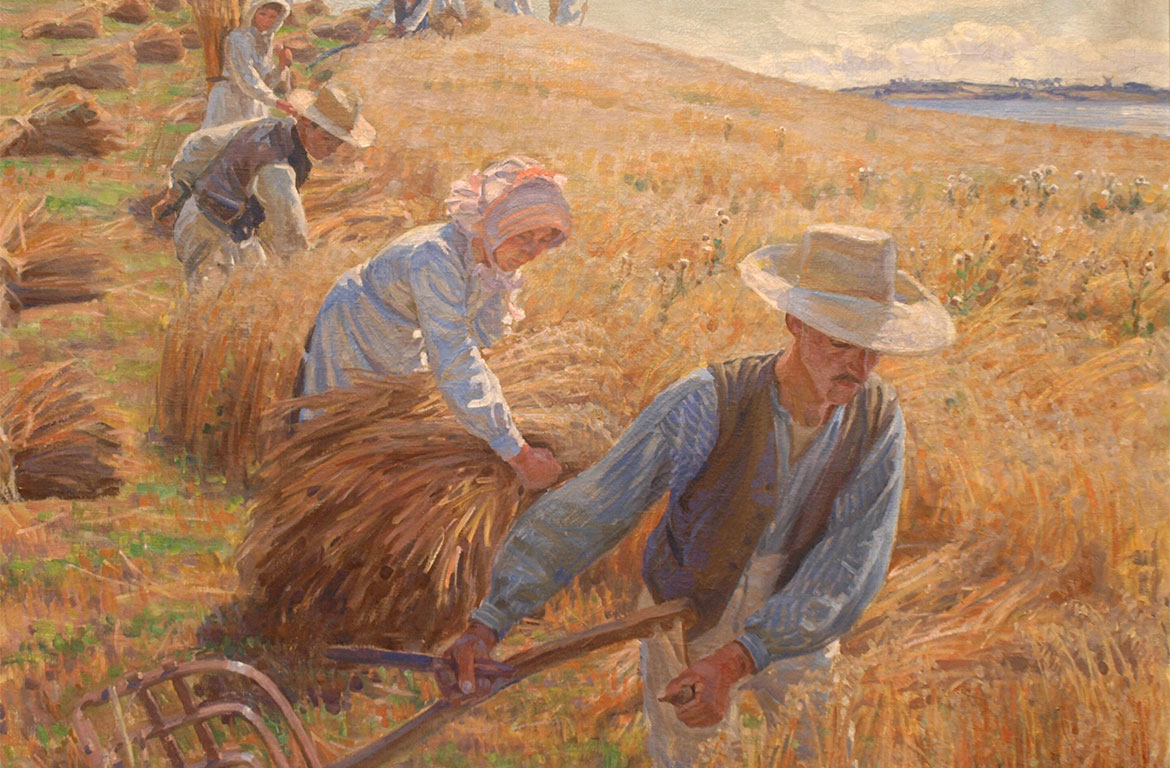Johannes Larsen, Fritz Syberg and Peter Hansen played a crucial role in the Museum’s establishment. They sat on the Museum’s purchasing committee, were responsible for curating the work and they were also the most prominent artists represented in the collection.
